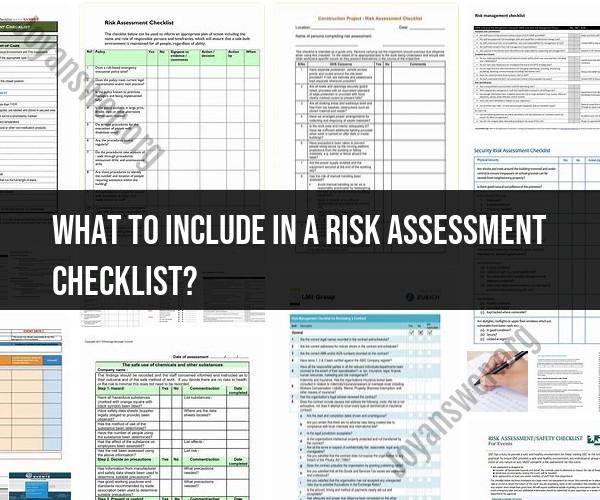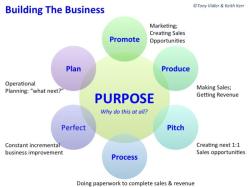What to include in a risk assessment checklist?
Constructing an effective risk assessment checklist is crucial for identifying and managing potential risks in various contexts, such as project management, workplace safety, and financial planning. Here are key elements to include in a comprehensive risk assessment checklist:
Risk Identification:
- List potential risks relevant to the specific context or project. These may include financial risks, operational risks, safety risks, and more.
Risk Description:
- Provide a detailed description of each identified risk, including its nature, causes, and potential consequences.
Risk Source:
- Identify the source or origin of each risk, such as internal processes, external factors, human error, or environmental factors.
Risk Impact:
- Evaluate the potential impact of each risk on the project, organization, or objective. Consider financial, operational, reputational, and safety impacts.
Risk Likelihood:
- Assess the likelihood of each risk occurring, using a qualitative or quantitative scale (e.g., low, medium, high).
Risk Severity:
- Determine the severity or potential consequences of each risk event if it were to materialize. Assign a severity rating based on impact and likelihood.
Risk Score:
- Calculate a risk score for each risk by multiplying its impact and likelihood values. This helps prioritize risks based on their overall severity.
Risk Ownership:
- Assign responsibility for managing each risk to specific individuals or teams within the organization. Clearly define roles and accountabilities.
Risk Mitigation Strategies:
- Describe strategies and actions to reduce the likelihood or impact of each risk. These may include preventive measures, contingency plans, or risk transfer strategies (e.g., insurance).
Risk Monitoring and Reporting:
- Outline how risks will be monitored over time. Specify reporting intervals, thresholds, and triggers for action when risks exceed predefined levels.
Risk Response Plan:
- Develop a comprehensive plan for responding to identified risks. Define steps to take if a risk event occurs, including communication and mitigation actions.
Risk Communication:
- Establish a communication plan for informing stakeholders about identified risks, their potential impacts, and the organization's response strategies.
Controls and Safeguards:
- Identify existing controls and safeguards in place to mitigate risks. Evaluate their effectiveness and consider enhancements if necessary.
Compliance and Regulations:
- Ensure that the risk assessment considers relevant legal and regulatory requirements applicable to the context.
Documentation and Records:
- Maintain thorough documentation of the risk assessment process, including the checklist itself, findings, actions taken, and outcomes.
Review and Revision Schedule:
- Plan regular reviews of the risk assessment checklist and associated risk management processes. Update the checklist as needed to reflect changing circumstances.
Risk Tolerance and Appetite:
- Define the organization's risk tolerance and appetite, indicating the level of risk the organization is willing to accept.
Lessons Learned:
- After incidents or risk events, conduct post-event analyses to capture lessons learned and incorporate them into future risk assessments.
External Factors:
- Consider external factors, such as economic conditions, market trends, and geopolitical events, that may impact the identified risks.
Training and Awareness:
- Ensure that employees and stakeholders are trained and aware of the risk assessment process, their roles, and their responsibilities in risk management.
An effective risk assessment checklist provides a structured and systematic approach to identifying, evaluating, and mitigating risks. It helps organizations and individuals make informed decisions, prioritize actions, and enhance overall risk management practices. Remember to tailor the checklist to the specific context and objectives of your risk assessment.













